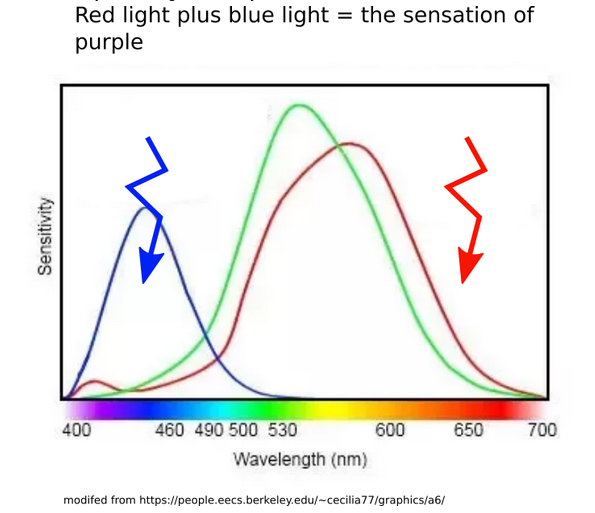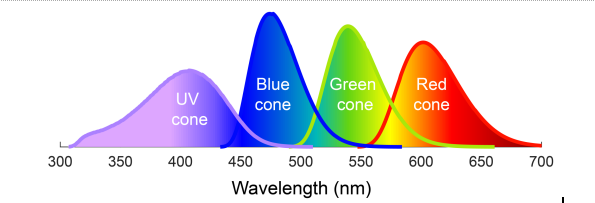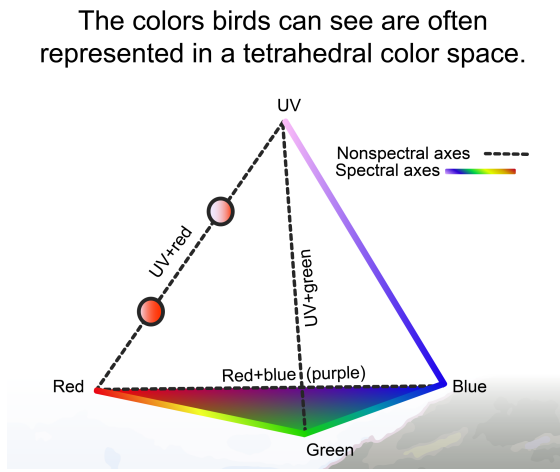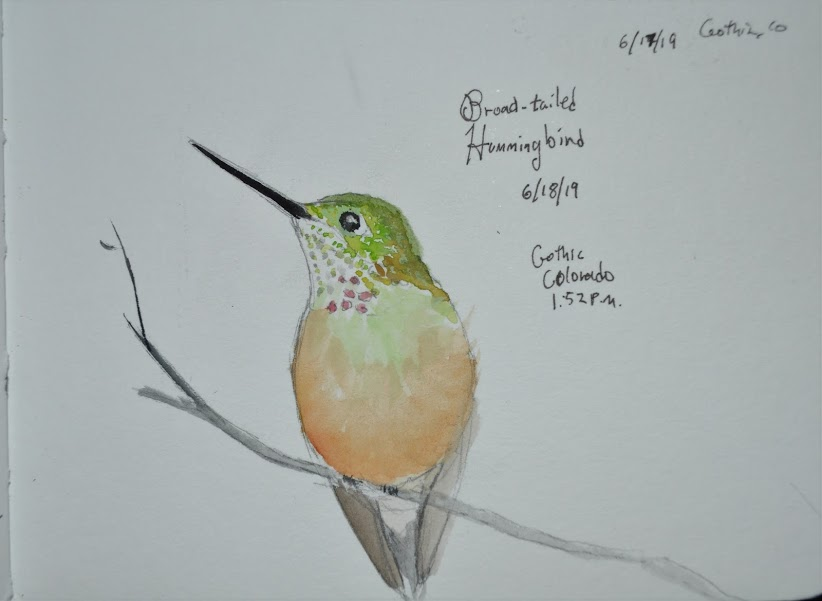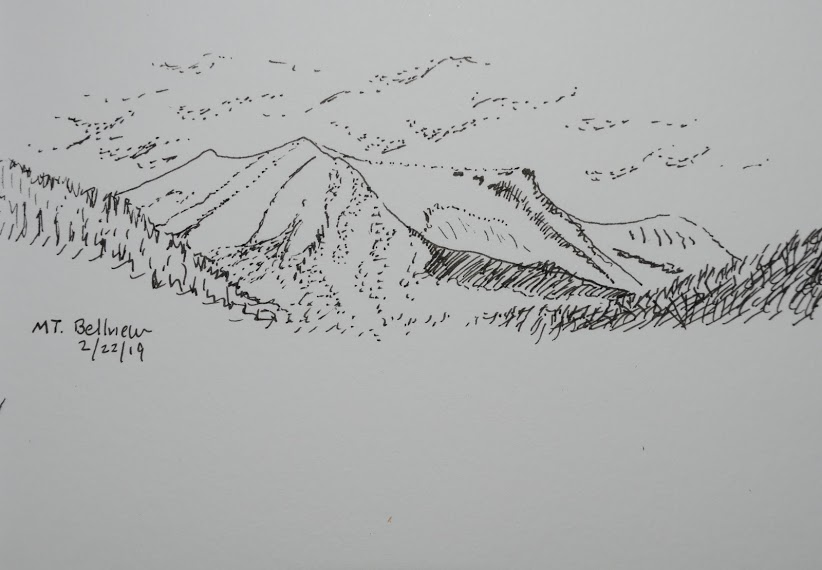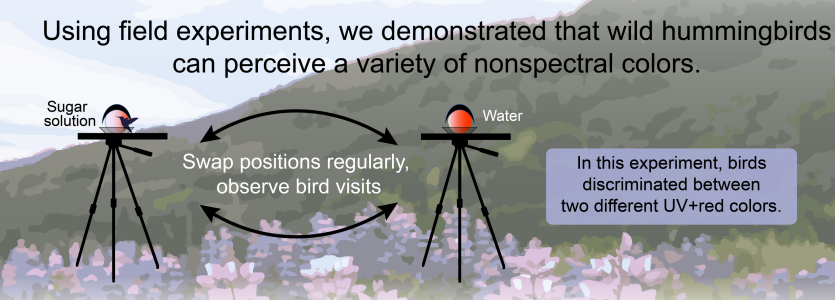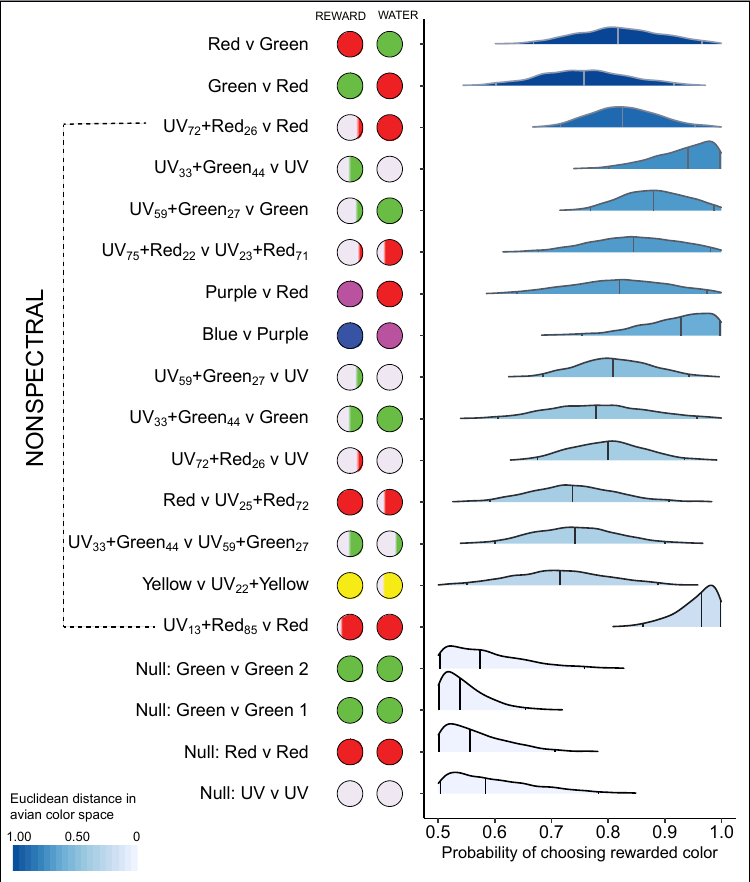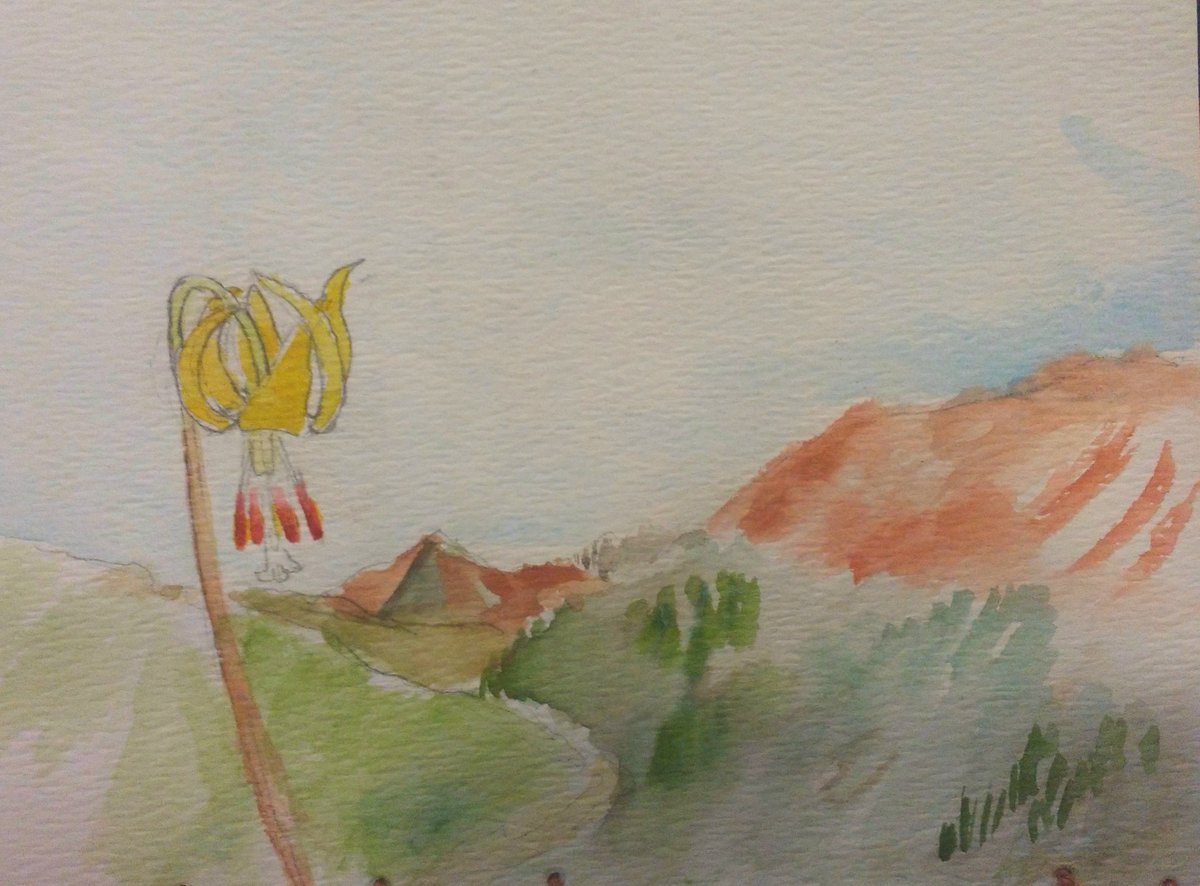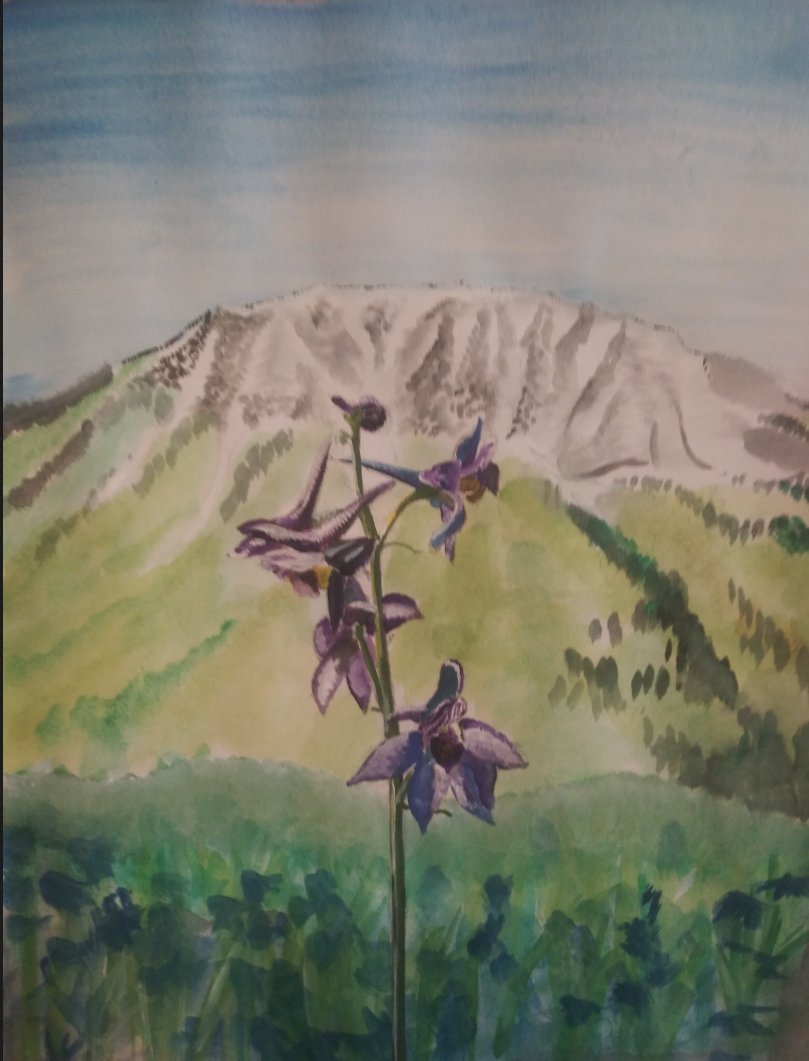Ever wonder what a bird sees? If so, read on!
Purple has always been my favorite color. But purple's not just pretty--it's a special type of color. If you look at a rainbow, you won't see purple. That's because purple is what we color scientists call a 'nonspectral' color. 1/n
Purple has always been my favorite color. But purple's not just pretty--it's a special type of color. If you look at a rainbow, you won't see purple. That's because purple is what we color scientists call a 'nonspectral' color. 1/n
Instead of being formed by a single light or mixture of similar lights, purple is formed by simultaneously stimulating our non-adjacent red-sensitive and blue-sensitive cones in our eyes. 2/n
Since purple is my favorite color, & birds are my favorite animals, I wondered, "Can birds see purple?" Today, our paper led by Dr. Cassie Stoddard with @dylanhmorris @B_G_Hogan @DavidInouye1 Ed Soucy is in @PNASNews that shows that yes, birds can! https://www.pnas.org/content/early/2020/06/09/1919377117 3/n
But purple isn't the only nonspectral color birds might be able to see. We humans only have 3 color cone types in our eyes, but it’s long been known that birds have a 4th that is sensitive to ultraviolet light. 4/n
We can represent bird color vision as a tetrahedron, with a cone at each vertex. Thus, while humans see just one kind of nonspectral color—purple—birds can theoretically see up to five: purple, ultraviolet+red, ultraviolet+green, ultraviolet+yellow & ultraviolet+purple. 5/n
We found that birds can see all of these non-spectral colors. #colorvision #birds #psychophysics #nonspectral #visualecology #sensoryecology #ecology #ornithology 6/n
But how did we find out what a bird can see? Four years ago, we established a field site at @RMBLGothic where we trained sugar-obsessed Broad-tailed #Hummingbirds to reveal to us what colors they can use to find food. #RMBL #Gothic #fieldecology 7/n
The details of color vision are usually studied in the lab, but we wanted to know how birds act in the wild. Thus, we set up two feeding stations, 1 with nectar & 1 with water. We then associated a color with each feeder. We periodically swapped the locations of the feeders. 8/n
Then every day we woke at 5:30am, set up the feeders, and waited for the hummingbirds to come. Then we’d record how many times they chose the nectar feeder on the first try. We also performed control experiments to ensure that the birds were not using smell or another cue. 9/n
If, over the course of several hours, wild hummingbirds learned to visit the rewarding color, we could conclude that they could distinguish between the two colors. Using this setup, we recorded over 6,000 feeder visits in a series of 19 experiments over several summers. 10/n
But how to make sense of all this data and be sure that they had learned or not? We built a #Bayesian model using @MCMC_stan that enabled us to account for all the features of our experiment. #mcmcstan 11/n
The experiments revealed that hummingbirds can see a variety of nonspectral colors, including purple, ultraviolet+green, ultraviolet+red and ultraviolet+yellow. For example, hummingbirds readily distinguished ultraviolet+green both from pure ultraviolet and from pure green. 12/n
It was amazing to watch. The ultraviolet+green light and green light looked identical to me, but the hummingbirds kept correctly choosing the ultraviolet+green light associated with sugar water. Our experiments enabled us to get a sneak peek into what a hummingbird sees. 13/n
Birds can see nonspectral colors — so what? Are these colors actually out there, in their environment? To find out, we analyzed a data set of 3,315 feather and plant colors. We discovered that birds likely perceive many of these colors as nonspectral, while humans do not. 14/n
Birds can see nonspectral colors, and these colors make up a substantial part of the bird visual environment. We hope that this informs the assumptions that future researchers make about what birds see, and that it will inspire more studies on nonspectral color vision. 15/n
And now I know that birds can see my favorite color.
Read more about it in the paper: https://www.pnas.org/content/early/2020/06/09/1919377117
and Princeton University has a story here: https://www.princeton.edu/news/2020/06/15/wild-hummingbirds-see-broad-range-colors-humans-can-only-imagine
16/16
Read more about it in the paper: https://www.pnas.org/content/early/2020/06/09/1919377117
and Princeton University has a story here: https://www.princeton.edu/news/2020/06/15/wild-hummingbirds-see-broad-range-colors-humans-can-only-imagine
16/16

 Read on Twitter
Read on Twitter